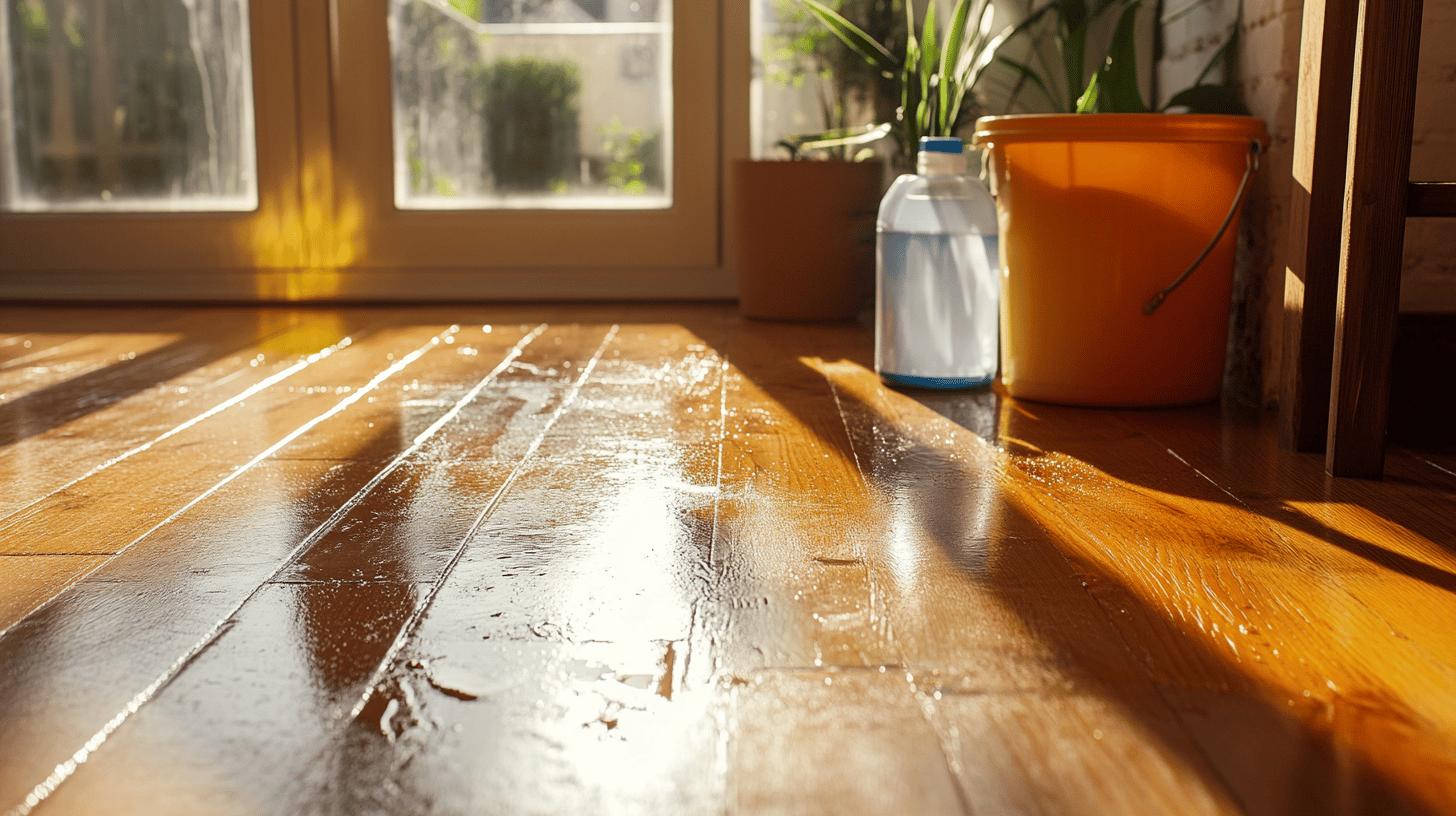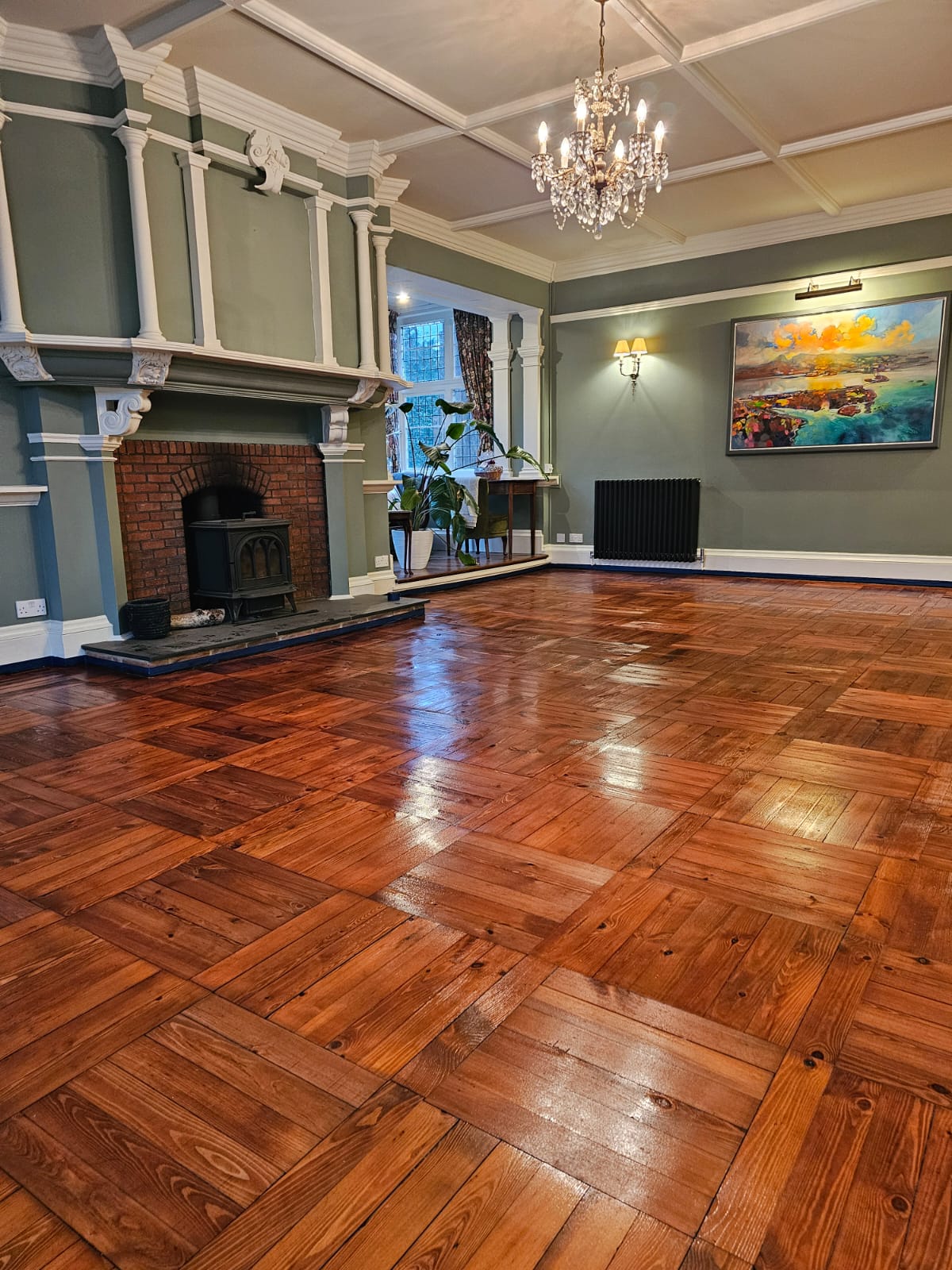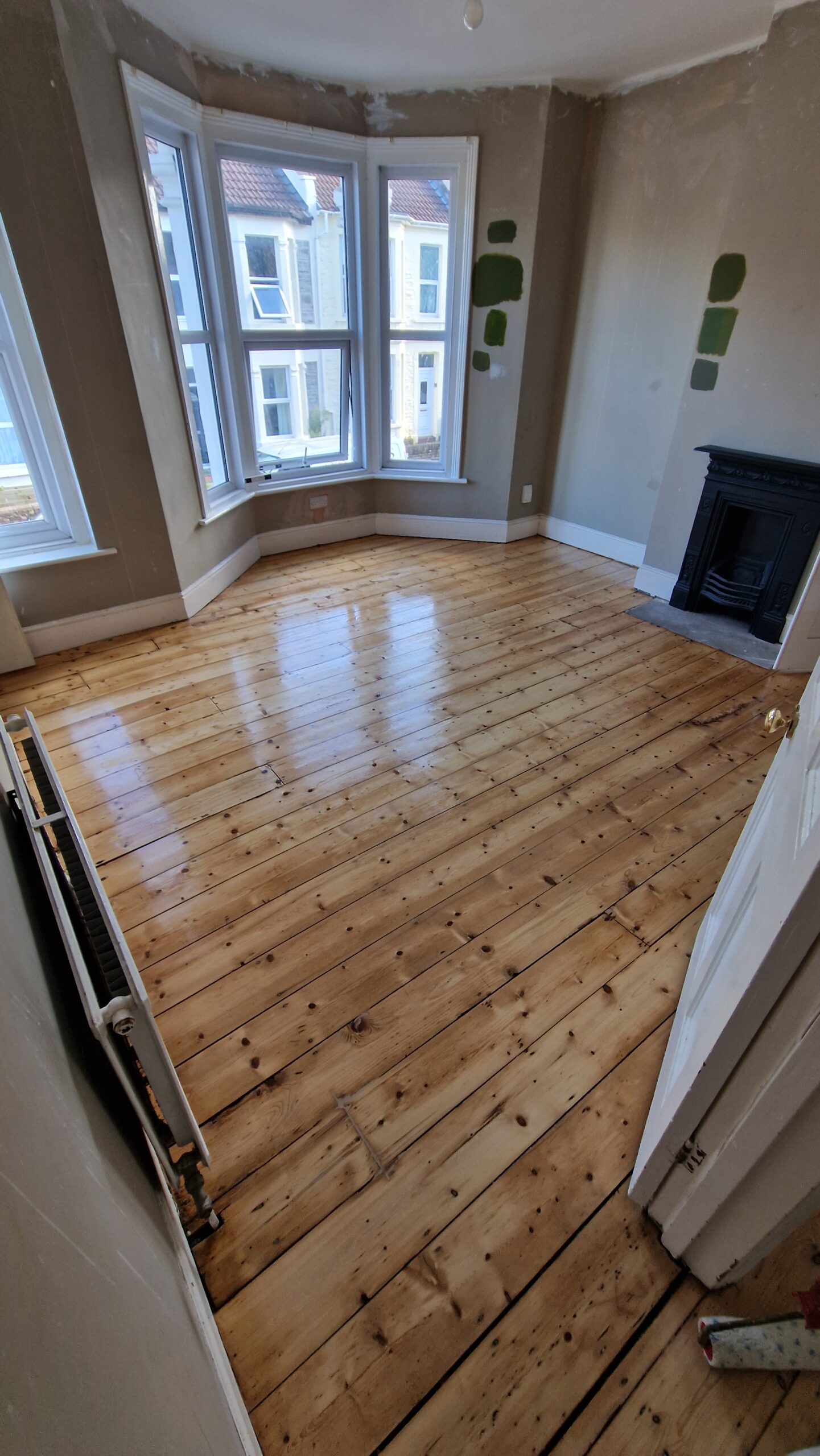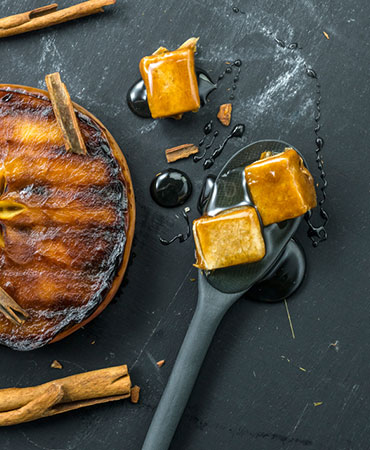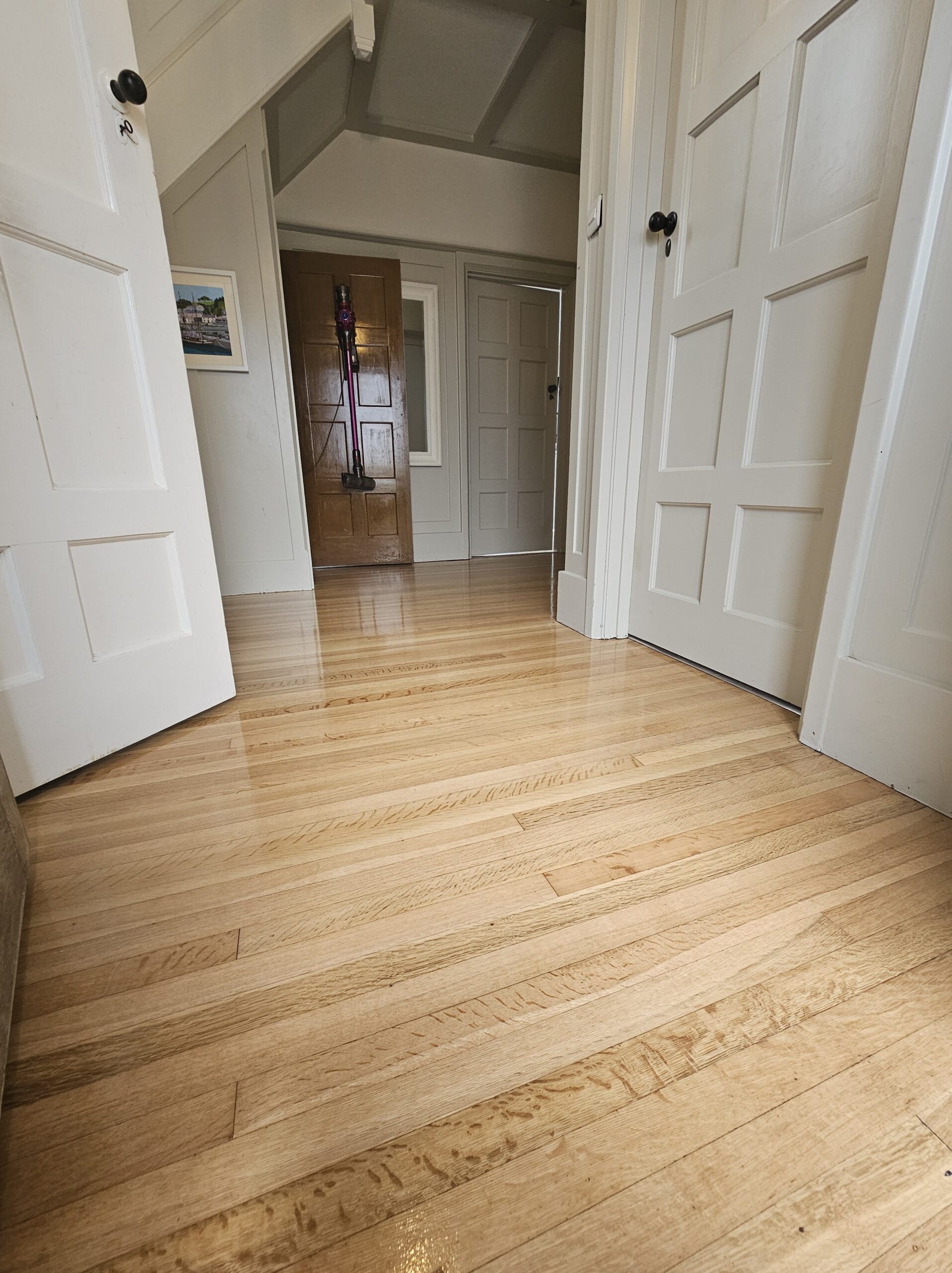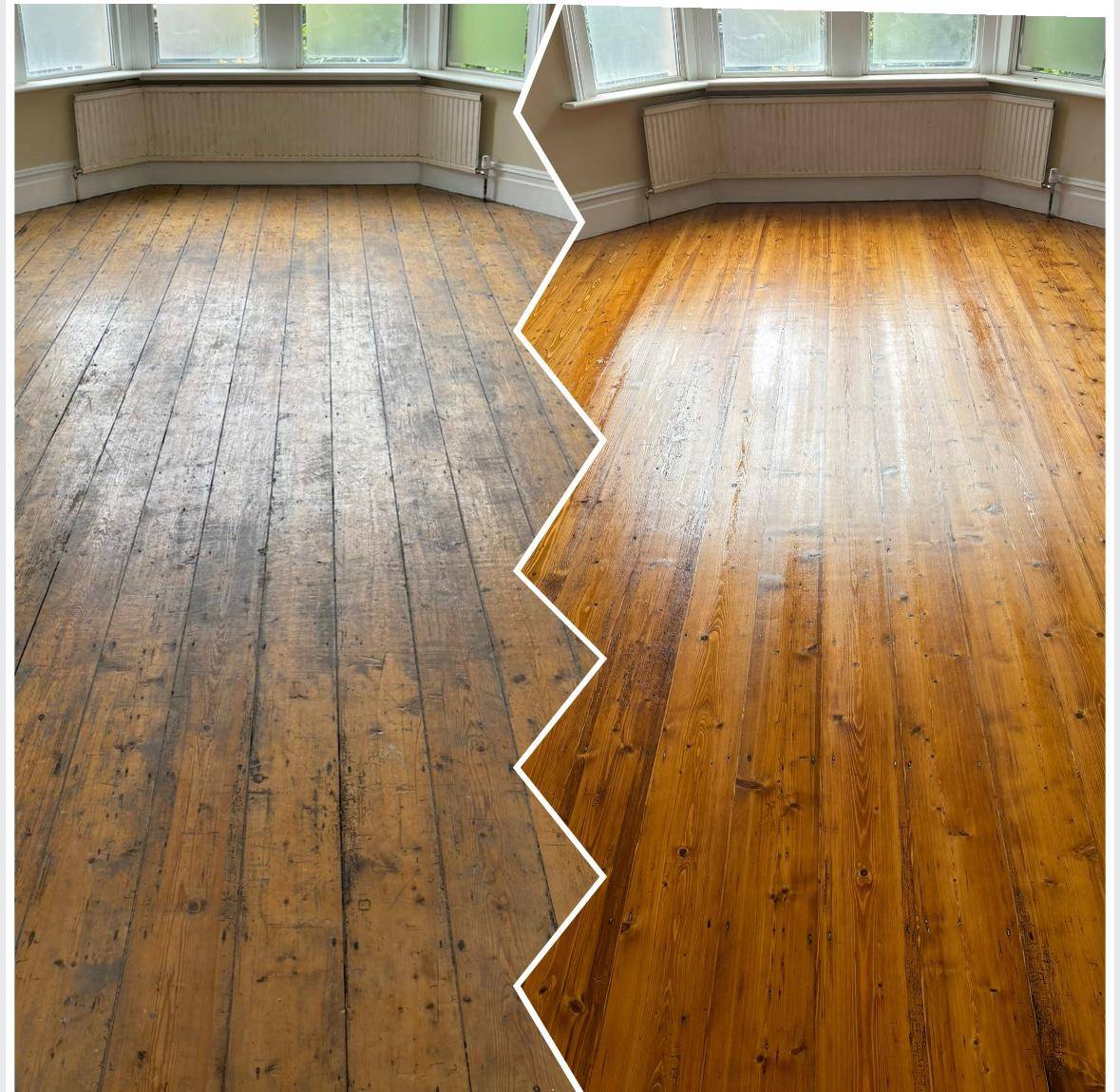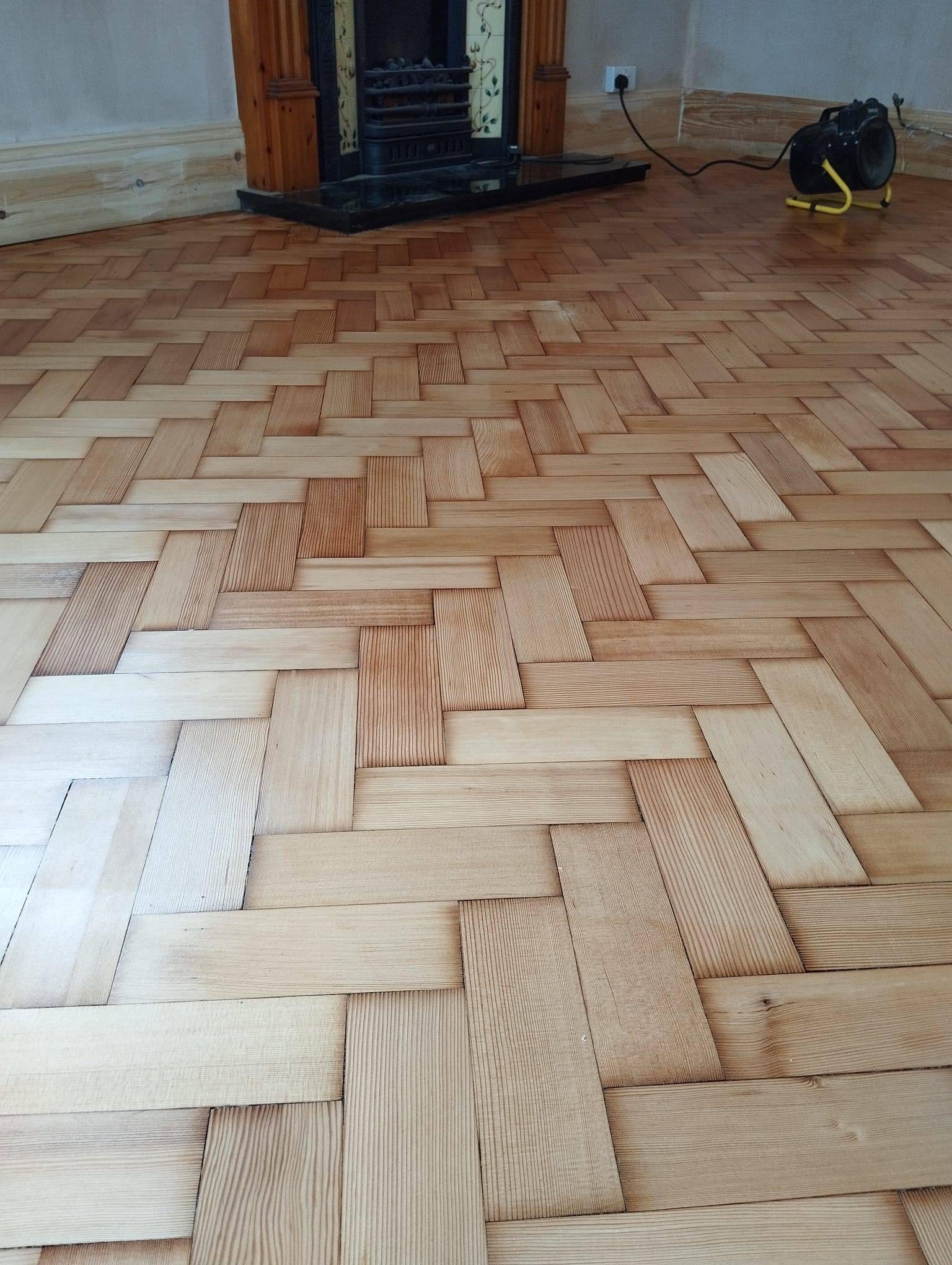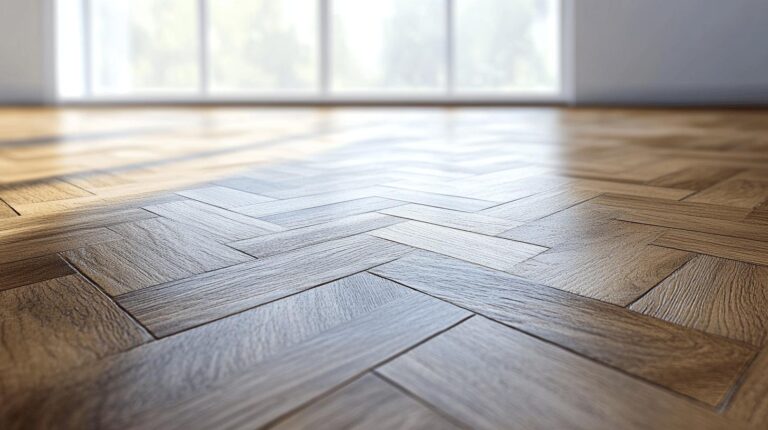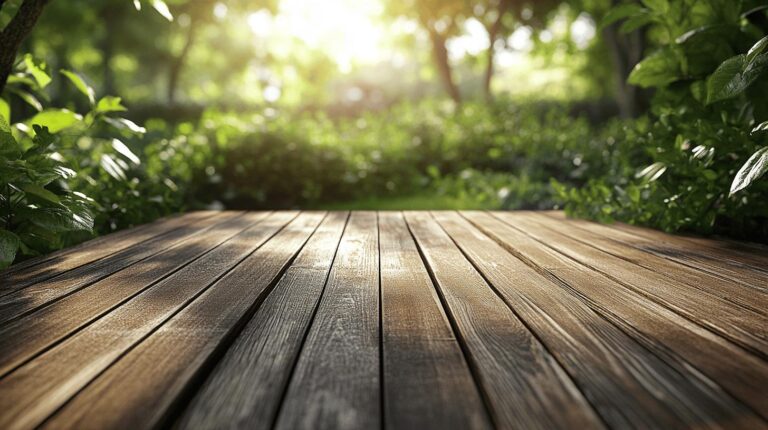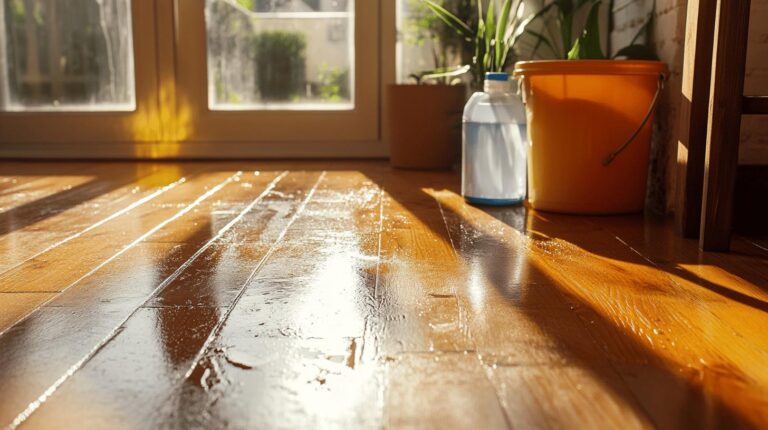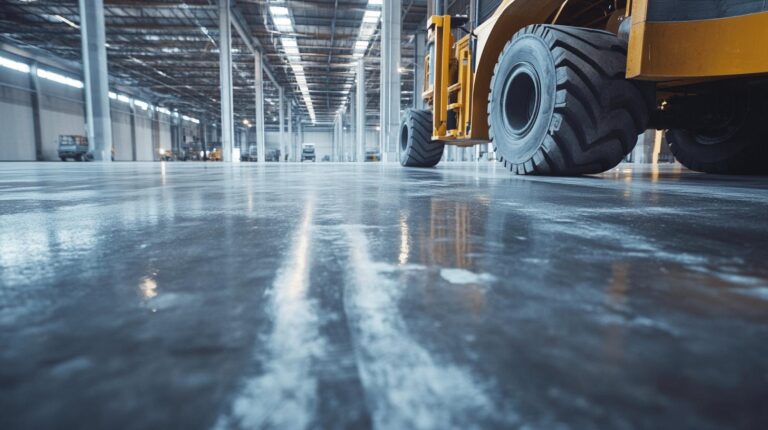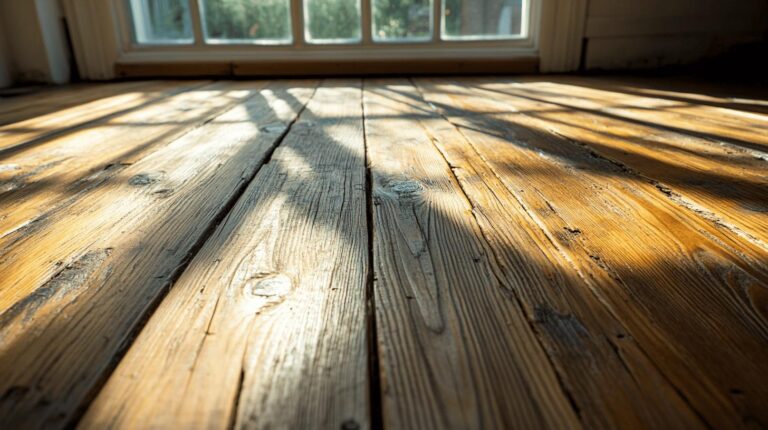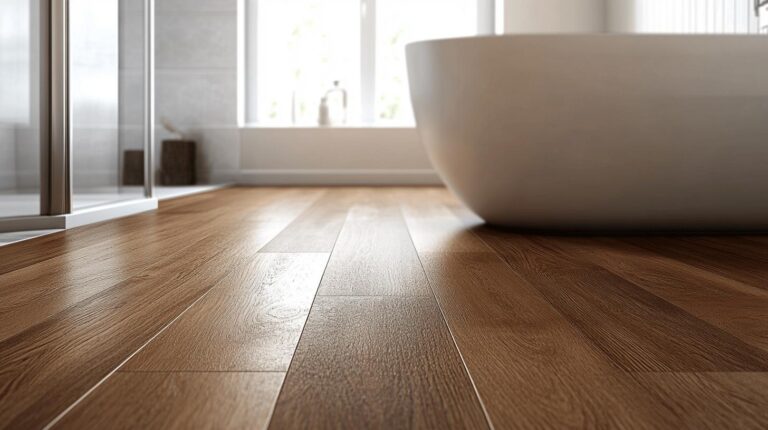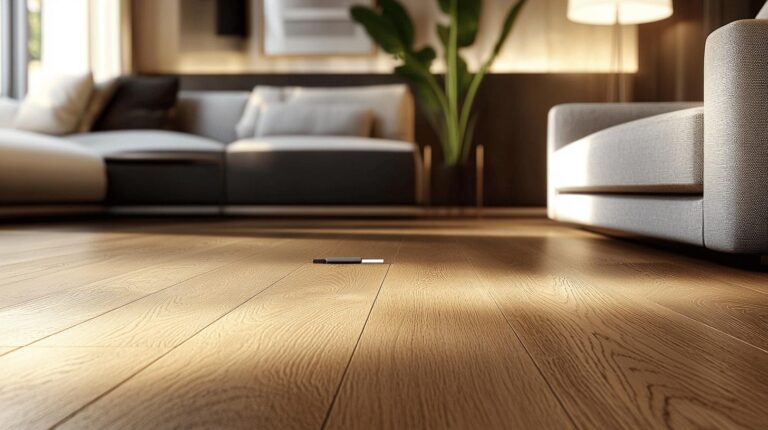Are you struggling to keep your oil-finished floors looking pristine? The debate between using soap or rinse cleaning methods can leave even the most seasoned homeowner perplexed. In this article, Ryan’s Restoration delves into understanding oil-finished floor care and the often controversial soap vs rinse debate. Learn about the unique cleaning demands of oil finishes, which enhance durability yet require a gentle touch. Whether you’re leaning towards soap for its nourishing benefits or rinse for its residue-free promise, our in-depth exploration will guide you to make informed decisions for your flooring needs.
Understanding Oil-Finished Floors: Soap vs Rinse
Effective care for oil-finished floors is crucial in preserving their beauty and extending their lifespan. Unlike lacquered or varnished hardwood floors, oil-finished variants require a more gentle cleaning approach to maintain their condition and longevity. The natural oils in the finish penetrate deeply into the wood, enhancing durability and resistance to wear and tear. Therefore, using the right cleaning method is essential to avoid stripping these oils and compromising the floor’s integrity. A balanced approach that considers both soap and rinse methods can keep these floors looking their best without causing damage.
- Oil-finished floors absorb oils into the wood, while lacquered floors use a surface seal.
- Oil finishes enhance the natural look and feel of the wood, unlike the glossy appearance of varnished floors.
- Regular oil maintenance can prolong the life of the floor, whereas lacquer requires reapplication when worn.
- Oil-finished floors are more susceptible to staining but offer easier spot repairs.
- Cleaning oil-finished floors necessitates pH-neutral products, whereas varnished floors can tolerate a wider range of cleaners.
.
The finish of oil-finished floors greatly impacts cleaning choices. These finishes require specialised products, such as pH-neutral soap, to maintain the wood’s natural oils without leaving harmful residues. Soap cleaning is effective but necessitates thorough rinsing to prevent residue buildup. Opting for tailored cleaning solutions ensures the floor remains protected and visually appealing. Understanding these distinctions empowers homeowners to make informed decisions, ensuring their oil-finished floors remain a stunning feature in their homes.
Pros and Cons of Soap Cleaning for Oil-Finished Floors
Soap cleaning is a popular method for maintaining the condition of oil-finished floors. This approach is effective in removing dirt and grime while simultaneously nourishing the wood, which helps to preserve its natural oils and maintain its durability. The use of soap specifically designed for oil-finished floors ensures that the wood retains its rich appearance and does not dry out, as the soap adds moisture back into the wood. By using soap as part of a regular cleaning routine, homeowners can enhance the longevity and beauty of their floors.
However, there are some potential drawbacks to using soap cleaning methods for oil-finished floors:
- Soap may leave a residue that attracts more dirt if not thoroughly rinsed.
- Overuse of soap without proper rinsing can dull the floor’s finish.
- Some soaps can disrupt the balance of natural oils in the wood.
- Incorrect soap products may lead to staining or discolouration.
- Inadequate rinsing can lead to a slippery surface.
- Frequent soap cleaning may require more regular re-oiling.
.
To mitigate these drawbacks, it is essential to use pH-neutral soaps specifically designed for oil-finished floors. These specialised cleaning supplies are formulated to maintain the wood’s natural oils without leaving harmful residues. Brands such as WOCA and Ryan’s offer pH-neutral soaps that are effective for this purpose. Using these recommended products as part of a balanced cleaning routine helps to keep oil-finished floors in optimal condition while avoiding common pitfalls associated with soap cleaning. Proper selection and application of these cleaning agents are key to achieving a clean, residue-free floor that maintains its aesthetic appeal and durability.
The Importance of Rinsing: Techniques and Benefits
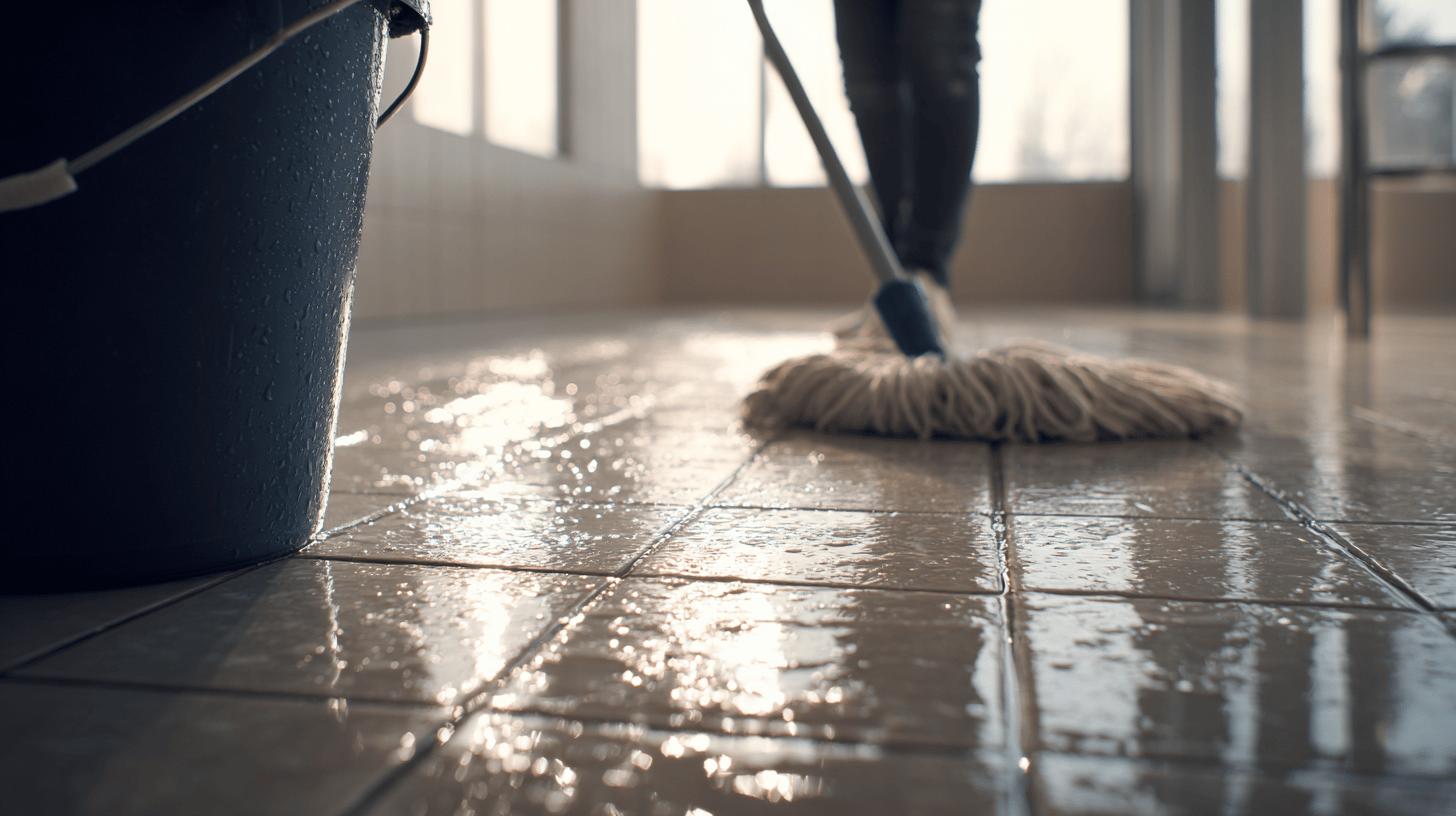
Rinsing is a crucial step in the cleaning process for oil-finished floors. While soap cleaning effectively removes dirt and nourishes the wood, failing to rinse properly can lead to residue buildup on the surface. This residue can attract more dirt, dulling the floor’s appearance over time. Ensuring that soap residues are thoroughly rinsed away helps maintain the floor’s aesthetic appeal and prevents issues such as slipperiness or surface imperfections. By integrating proper rinsing techniques into the cleaning routine, homeowners can preserve the beauty and longevity of their oil-finished floors.
- Begin by using a clean mop or cloth dampened with plain water.
- Work in sections, rinsing the cloth or mop frequently to avoid spreading residue.
- Use a mild, pH-neutral solution if necessary to neutralise soap residues.
- Ensure the floor is thoroughly dry after rinsing to prevent moisture damage.
.
A residue-free floor not only looks more appealing but also ensures the wood’s natural oils remain undisturbed, enhancing durability. Regular rinsing helps maintain a clean and safe surface, reducing the risk of slips or damage. By employing effective rinsing techniques, homeowners can ensure their oil-finished floors remain a stunning and durable feature in their homes. Regular maintenance through proper rinsing not only preserves the wood’s aesthetics but also contributes to its overall longevity, making it an essential practice in floor care.
Comparative Analysis: Soap vs Rinse Methods
Experts advocate for a combined approach to cleaning oil-finished floors, utilising both soap and rinse methods. This dual-strategy is recommended to harness the cleaning power of soap while ensuring that any potential residue is eliminated through thorough rinsing. Soap is effective in removing grime and nourishing the wood, but if not rinsed away correctly, it can leave a film that attracts dirt. Hence, the practice of rinsing is crucial to prevent such issues. By integrating both methods, homeowners can achieve a clean, smooth finish that maintains the floor’s natural oils and enhances its durability.
| Method | Advantages | Disadvantages |
|---|---|---|
| Soap | Nourishes wood, removes dirt and grime | Can leave residue if not rinsed properly |
| Rinse | Eliminates soap residue, prevents dulling | Requires careful execution to avoid moisture damage |
When deciding on the right method for specific floor needs, it is essential to consider the condition and usage of the floor. Floors in high-traffic areas may benefit more from frequent cleaning with soap to combat dirt accumulation, followed by diligent rinsing to prevent residue build-up. For areas with less traffic, a more balanced approach with less frequent applications may suffice. Ultimately, the key to effective floor care lies in understanding the unique needs of your oil-finished floors and adjusting your cleaning routine accordingly.
Step-by-Step Guide to Deep Cleaning Oil-Finished Floors
Deep cleaning oil-finished floors is an essential practice to maintain their natural beauty and extend their lifespan. The process involves a thorough cleaning routine that removes dirt and grime while nourishing the wood. The goal is to ensure the wood retains its natural oils, which are crucial for durability and resistance to wear and tear. Effective deep cleaning not only revitalises the appearance of the floor but also prepares it for any necessary oil reapplication, thereby preserving its aesthetic and functional qualities.
- Begin by removing any loose debris using a soft brush or vacuum with a wood floor attachment.
- Prepare a cleaning solution using a pH-neutral soap specifically designed for oil-finished floors.
- Dampen a mop with the solution, ensuring it is not soaking wet, to avoid excess moisture.
- Work in small sections, applying the soap solution with the damp mop evenly across the surface.
- Allow the soap to sit briefly, softening any stubborn dirt or stains without letting it dry.
- Rinse the mop and use clean water to thoroughly rinse the floor, removing any soap residues.
- Ensure the floor is completely dry by using a clean, dry cloth to absorb excess moisture.
- Once dry, consider applying a suitable oil refresher to recondition the floor and enhance its protective layer.
.
Maintenance and timely reapplication of oil are imperative for the longevity and appearance of oil-finished floors. Deep cleaning should be complemented with periodic oil reapplication to replenish the floor’s protective oils, preventing the wood from drying out and developing cracks. This routine not only keeps the floor looking fresh and vibrant but also safeguards against potential issues such as staining and wear. By adhering to these practices, homeowners can ensure their oil-finished floors remain a timeless feature in their homes, expertly combining form and function.
Recommended Products and Tools for Oil-Finished Floors
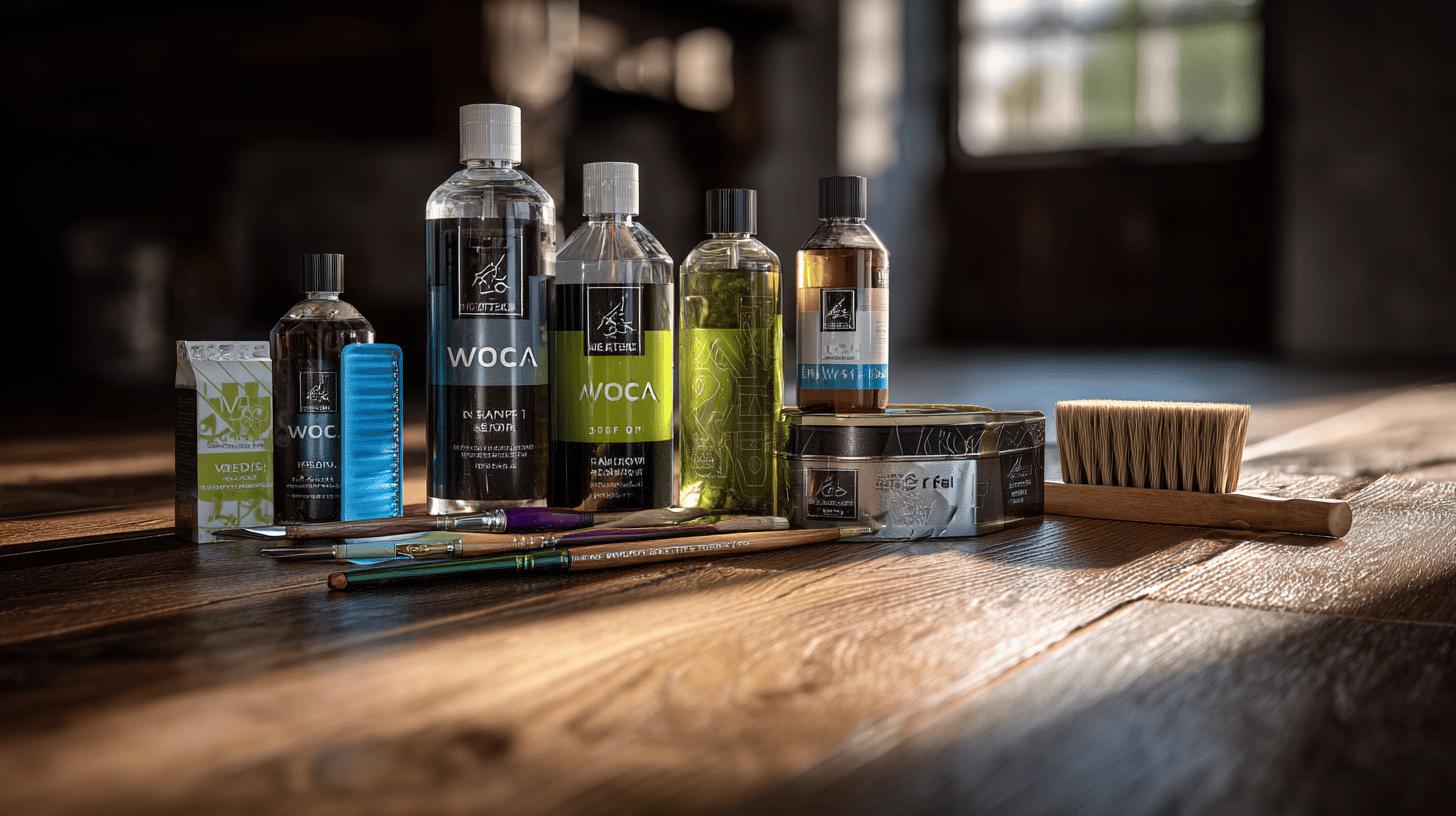
Using the correct products and tools is essential for maintaining the beauty and integrity of oil-finished floors. Proper maintenance not only enhances the floor’s appearance but also extends its lifespan by preserving the natural oils within the wood. Choosing safe cleaning products designed specifically for these types of floors ensures that the wood is nourished without being stripped of its essential oils. WOCA Oil Refresher is particularly recommended for its ability to restore and protect the floor’s finish, enhancing durability and aesthetic appeal. Regular application of this product, along with other specialised tools, is integral to effective floor care.
- WOCA Oil Refresher for quarterly restoration.
- Ryan’s maintenance kits for comprehensive care.
- pH-neutral soap for gentle cleaning.
- Soft microfibre cloths to prevent scratches.
- A vacuum with a wood floor attachment for debris removal.
.
Final Words
Choosing the right cleaning method for oil-finished floors is crucial.
Navigating between soap and rinse techniques requires understanding their distinct effects on these unique surfaces.
Effectively incorporating both methods can maintain a floor’s aesthetic appeal and durability.
Proper deep cleaning and regular maintenance are vital for preserving floor longevity.
Recommended products and tools further simplify this process, ensuring optimal floor care outcomes.
Employing informed strategies for deep cleaning oil-finished floors ensures a residue-free and lustrous finish.
The soap versus rinse debate highlights the importance of balanced techniques, offering superior results.
Order an oil refresh → Wood Floor Oiling
FAQ
Q: How do you clean oil-finished floors?
A: Cleaning oil-finished floors involves using a pH-neutral wood soap specifically designed for this floor type. Use a damp mop with the soap, let it sit briefly, and then rinse thoroughly with clean water.
Q: What is the best thing to deep clean floors with?
A: For oil-finished floors, deep cleaning is best done with pH-neutral wood soaps like WOCA Oil Cleaner, followed by thorough rinsing with water to avoid soap residues that may dull the floor.
Q: What should you avoid when cleaning an oiled wooden floor?
A: Avoid using harsh chemicals, abrasive scrubbers, and excess water on oil-finished floors, as these can damage the surface and affect the floor’s appearance and longevity.
Q: Does floor cleaner need to be rinsed after using it?
A: Yes, it is essential to rinse after using floor cleaner on oil-finished floors to remove soap residues. This prevents buildup that can dull the floor over time.
